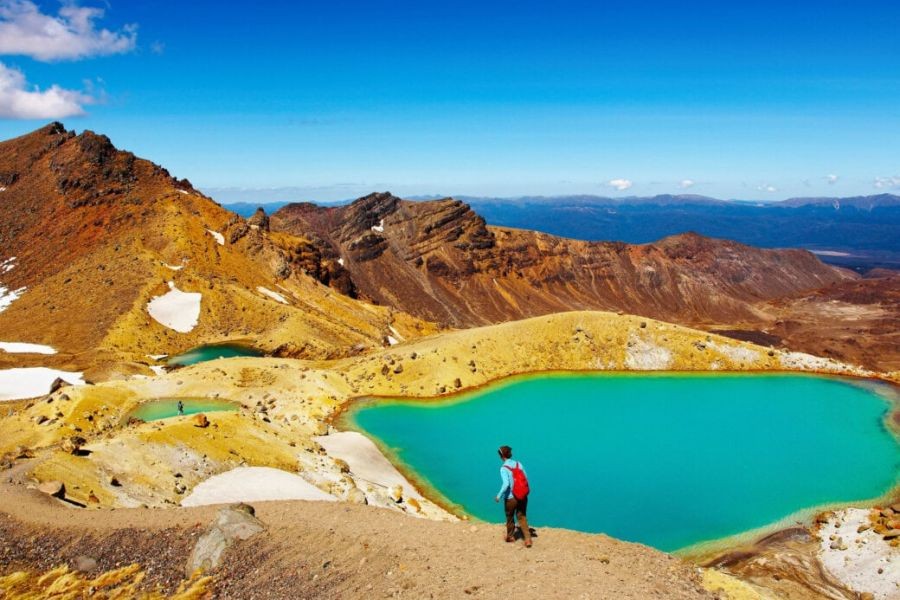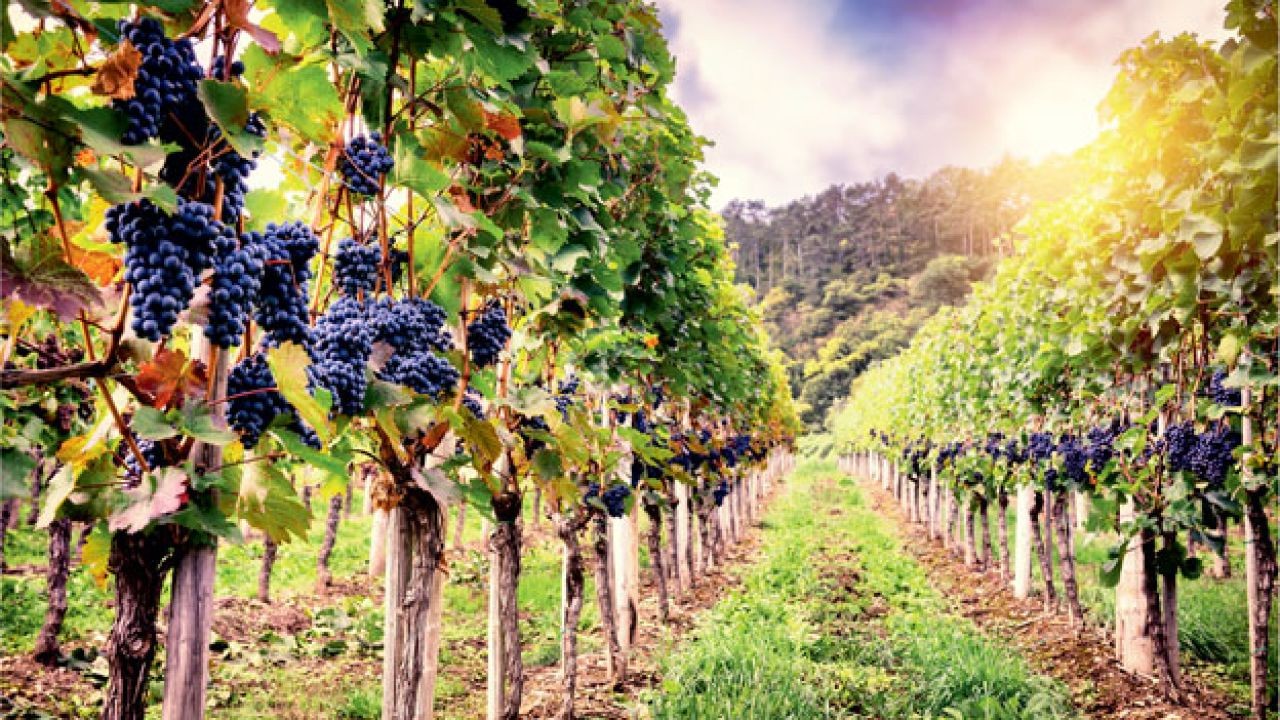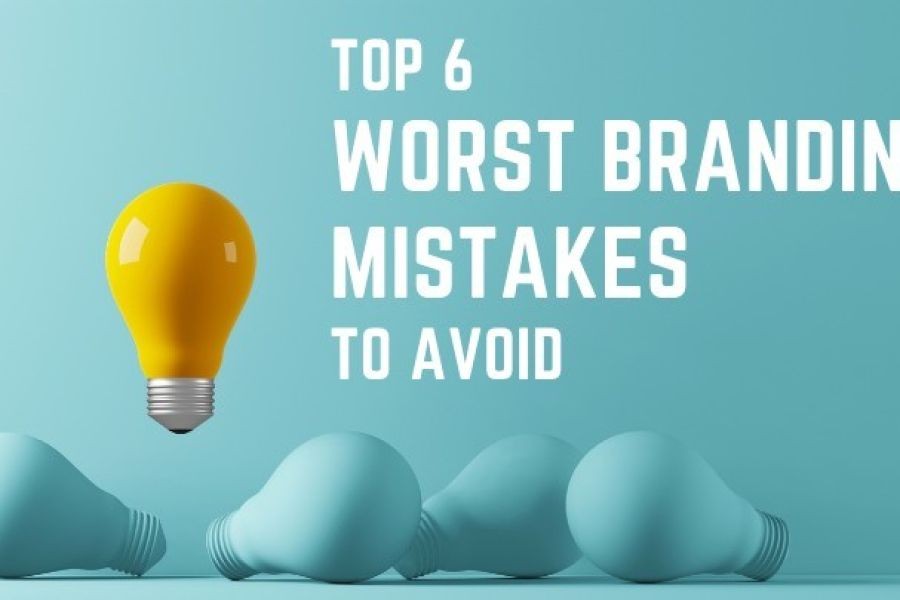New Zealand's national parks are a treasure trove of natural beauty, attracting over 4 million tourists each year. This influx of visitors not only boosts the local economy but also presents unique challenges and opportunities for technology strategists aiming to enhance the tourism experience while preserving these pristine environments. Understanding the intricate balance between promoting tourism and maintaining sustainability is crucial for stakeholders in New Zealand's travel and tourism sector.
Pros and Cons of Tourism in New Zealand's National Parks
✅ Pros
- Economic Boost: According to Stats NZ, tourism contributes significantly to New Zealand's GDP, with national parks being a major draw. This influx of visitors supports local businesses, from hospitality to retail, creating numerous job opportunities.
- Environmental Awareness: Increased footfall in national parks has led to greater awareness and appreciation of New Zealand's unique biodiversity, encouraging conservation efforts and sustainable practices.
- Cultural Exchange: The diverse visitor base allows for cultural exchange, fostering global understanding and showcasing New Zealand's rich Maori heritage.
❌ Cons
- Environmental Degradation: The high volume of tourists can lead to environmental degradation, including habitat disruption and increased waste. The Department of Conservation often faces challenges in maintaining park conditions.
- Infrastructure Strain: Local infrastructure can become overwhelmed, particularly during peak tourist seasons, leading to traffic congestion and increased wear on public facilities.
- Over-reliance on Tourism: As highlighted by the Reserve Bank of NZ, an over-dependence on tourism can make the economy vulnerable to external shocks, such as global economic downturns or pandemics.
Case Studies: Success Stories and Lessons Learned
Case Study: Fiordland National Park – Balancing Tourism and Preservation
Problem: Fiordland National Park, renowned for its stunning fjords and diverse wildlife, faced increasing environmental pressure due to rising tourist numbers. This led to concerns about trail erosion and waste management.
Action: The park management introduced a digital visitor management system, employing AI algorithms to predict visitor flows and optimize park access. Additionally, eco-friendly facilities were installed, and educational programs were launched to promote responsible tourism.
Result: Visitor impact on sensitive areas decreased by 30%, and waste reduction initiatives led to a 25% decrease in litter. The park also reported enhanced visitor satisfaction and engagement.
Takeaway: This case study underscores the importance of integrating technology with conservation efforts. New Zealand parks can implement similar strategies to manage tourist impact while enhancing the visitor experience.
Case Study: Tongariro National Park – Cultural and Economic Impact
Problem: Tongariro National Park, a UNESCO World Heritage Site, was experiencing cultural erosion as visitor numbers increased, threatening the preservation of Maori cultural sites.
Action: Park authorities collaborated with local iwi to develop culturally sensitive tourism practices. This included guided tours led by Maori guides, integrating cultural education into the visitor experience.
Result: There was a notable increase in cultural appreciation among visitors, and a 40% rise in revenue from cultural tourism activities. The initiative also strengthened the relationship between the park and local Maori communities.
Takeaway: Emphasizing cultural preservation and education can enhance tourism experiences while safeguarding heritage. This model can be replicated across New Zealand to support indigenous culture through tourism.
Myths and Misconceptions About Tourism in National Parks
- Myth: "Tourism always harms the environment." Reality: With strategic management and technology integration, tourism can coexist with conservation efforts, as evidenced by the Fiordland case study.
- Myth: "Tourists are only interested in popular sites." Reality: Many visitors seek unique, off-the-beaten-path experiences, providing opportunities for less-visited parks to attract tourists.
- Myth: "Cultural tourism is not profitable." Reality: Tongariro National Park's success demonstrates that culturally enriched tourism can significantly boost economic returns.
Future Trends and Predictions for New Zealand's National Parks
As technology continues to evolve, its integration into tourism management is set to increase. By 2028, it is predicted that 60% of New Zealand's national parks will employ AI-driven visitor management systems (Source: MBIE). This shift will likely enhance both conservation efforts and visitor experiences.
Moreover, sustainable tourism practices will become more prevalent, with parks implementing more eco-friendly infrastructure and initiatives. As global awareness of environmental issues grows, the demand for responsible tourism options will likely rise, positioning New Zealand as a leader in sustainable tourism.
Conclusion
New Zealand's national parks play a crucial role in the nation's economy and cultural identity. As tourism continues to grow, it is imperative for technology strategists and park authorities to collaborate on sustainable practices that preserve these natural treasures for future generations. By leveraging technology and embracing cultural tourism, New Zealand can create an enriching experience for visitors while safeguarding its unique environment and heritage.
What’s your take on the future of tourism in New Zealand's national parks? Share your insights below!
People Also Ask
- How does tourism impact New Zealand's economy?Tourism significantly boosts New Zealand's GDP, supporting local businesses and creating jobs, particularly in the hospitality and retail sectors.
- What strategies are effective for sustainable tourism?Implementing digital visitor management systems and promoting eco-friendly practices are key strategies for sustainable tourism in New Zealand's national parks.
- Who benefits from tourism in national parks?Local businesses, conservation efforts, and cultural preservation initiatives all benefit from the tourism influx in New Zealand's national parks.
Related Search Queries
- New Zealand national parks tourism
- Sustainable tourism practices in NZ
- Economic impact of tourism in New Zealand
- Technology in tourism management
- Conservation efforts in NZ national parks
- Cultural tourism in New Zealand
- Future trends in tourism industry
- Environmental impact of tourism
- Visitor management systems
- AI in tourism






























cowsvg
7 months ago